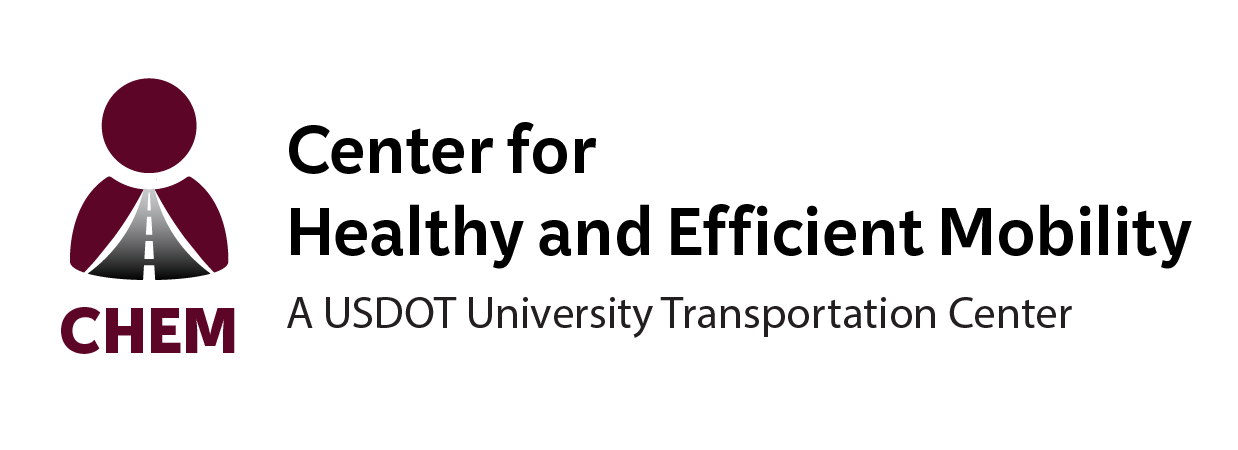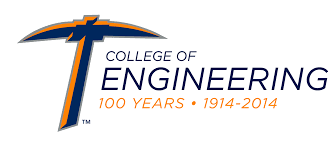Abstract
Performance metrics to quantify traffic-related air pollutants and exposure disparities are critical for identifying disadvantaged populations and developing clean air policies. Currently, several screening tools are available. However, they do not apportion traffic-related emissions nor do they reflect how much of the emissions actually reach and are inhaled by localized populations. For example, when comparing two communities in the Port of Long Beach area and Inland California, they may have similar levels of traffic-related PM emissions in terms of kilograms per day. However, depending on the local micrometeorology, location of homes, schools, workplaces, and a number of populations by age groups, the level of exposure could be far apart between the two communities.
This study proposes to develop such a performance metric to quantify the inhalation of traffic-related air pollutants. The method will: (1) if traffic states are not readily available, we will apply estimation methods to estimate traffic volume and fleet composition on freeways and arterials; (2) apply emission models or leverage measurement results to estimate emissions based on traffic states; (3) utilize location and activity information to model sensitive population’s distribution; (4) apply dispersion models to estimate pollutant concentration at selected receptors for a given time span; (5) assess the inhalation of traffic-related pollutants based on various factors, for example, age group characteristics, indoor filtration ratios, etc. The final metric can be aggregated or disaggregated at the user-defined dimension. The team plans to apply two disadvantaged communities in Southern California as case studies.
Research Investigators (PI*)
Ji Luo: 0000-0003-1169-7598
Guoyuan Wu: 0000-0001-6707-6366
Project Information
Start Date: April 1, 2020
End Date: July 31, 2022
Status: Complete
Grant Number: 69A3551747128
Source Organization: CARTEEH UTC
Project Number: 05-48-UCR
RiP URL
UTC Project Information Form
Final Report Coming Soon!
CARTEEH Focus Area(s)
Emission
Pollution
Particulate Matter
Exposure
Health
Sponsor
Office of the Assistant Secretary for Research and Technology
University Transportation Centers Program
Department of Transportation
Washington, DC 20590 United States
Performing Organization
University of California, Riverside
900 University Ave
Riverside, CA 92521




